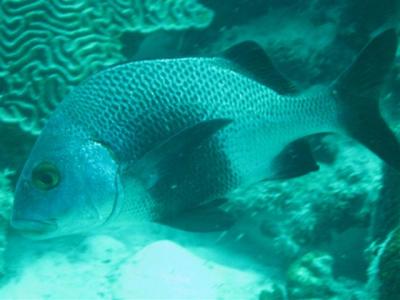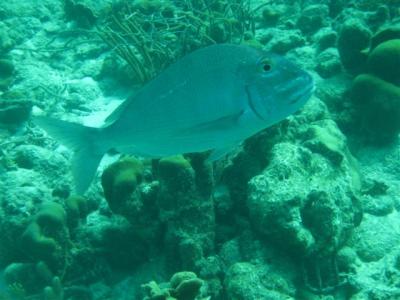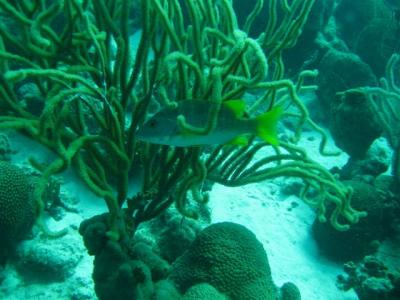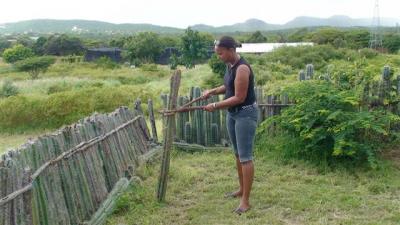Today was the busiest day we have had in a while. Since we went to bed early, we were up early, too. We peered outside. No cruise ship. We made breakfast and again peered outside. This time we saw the cruise ship in the distance, approaching us. We decided to get to shore ASAP. We knew it would take the cruise ship a while to bring down their tenders and shuttle the tourists to shore, so maybe we could get in and out before too many tourists flooded the islands.
We quickly got the dinghy down and headed out to the closest island, Carti Suitupo. Carti Suitupo is the closest to the mainland of all the islands, and thus the most densely populated. We went there first because it is the island with the museum. We saw a dock just around the corner from Kosmos’ line of sight, a small wooden dinghy dock. We watched a motorized dugout canoe with two tourists pull up to the dock. We pulled in on the other side of the dock and waited until a local wandered by, then asked if we could leave our dinghy there. He said no problem.
From the dock there was a narrow dirt walking path that led between tightly packed huts. Most of the huts had bamboo walls and a roof made of thick layers of palm fronds. A few of the huts had a slanted metal roof similar to what we saw around the rest of the Caribbean. We did see a couple of buildings made of concrete. Some of the huts were almost touching. All the yards were surrounded by bamboo fences. The edges of the houses and the fence were literally on the edge of the walkway. With the housing so tight, in a way, it reminds us of Medieval European cities, except in Europe the buildings aren’t made of bamboo and palm fronds.
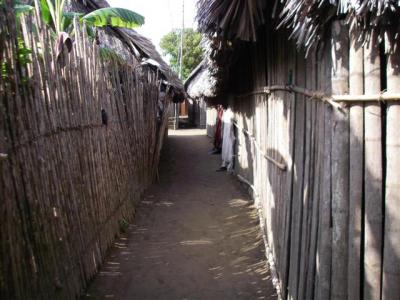
There were a lot of people walking around, many carrying big quantities of assorted food products. Several times we had to Continue reading

